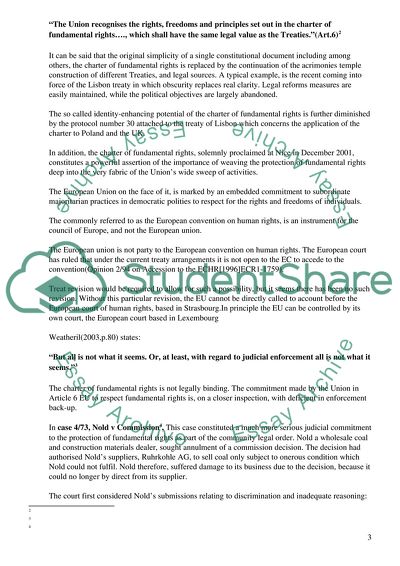Cite this document
(The Idea to Draft an Autonomous Human Rights Case Study, n.d.)
The Idea to Draft an Autonomous Human Rights Case Study. Retrieved from https://studentshare.org/law/1564387-the-charter-of-fundamental-freedom-adds-little-to-the-body-of-general-principles-developed-within-the-eu-system-discuss
The Idea to Draft an Autonomous Human Rights Case Study. Retrieved from https://studentshare.org/law/1564387-the-charter-of-fundamental-freedom-adds-little-to-the-body-of-general-principles-developed-within-the-eu-system-discuss
(The Idea to Draft an Autonomous Human Rights Case Study)
The Idea to Draft an Autonomous Human Rights Case Study. https://studentshare.org/law/1564387-the-charter-of-fundamental-freedom-adds-little-to-the-body-of-general-principles-developed-within-the-eu-system-discuss.
The Idea to Draft an Autonomous Human Rights Case Study. https://studentshare.org/law/1564387-the-charter-of-fundamental-freedom-adds-little-to-the-body-of-general-principles-developed-within-the-eu-system-discuss.
“The Idea to Draft an Autonomous Human Rights Case Study”. https://studentshare.org/law/1564387-the-charter-of-fundamental-freedom-adds-little-to-the-body-of-general-principles-developed-within-the-eu-system-discuss.


